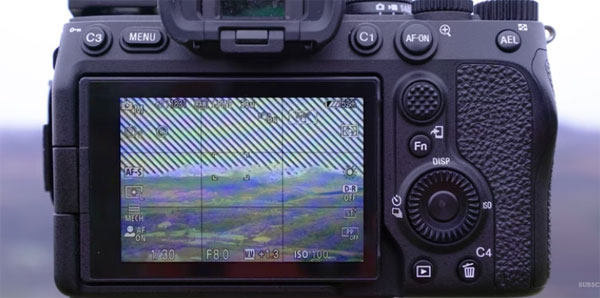The Secret to Nature Photos with PERFECT Exposures (VIDEO)
If you ask a bunch of budding landscape photographers to name the biggest challenge they face, the answer you’re likely to receive is “getting a perfect exposure.” This can be difficult with all forms of outdoor photography, but it’s particularly an issue when shooting landscape scenes with a wide range of tones from bright highlights to deep shadows.
In the quick tutorial below you’ll learn the two tricks a British pro uses to consistently nail exposure so he can concentrate on composition, proper focus, and other critical tasks. And while the topic of this lesson is avoiding blown-out highlights, one of the tips is equally valuable for making sure that the images you shoot are devoid of crushed shadows,
Mike Smith is an experienced landscape photographer who posts weekly lessons on his favorite type of shooting to help others improve their skills. In this episode he explains how to employ two camera settings so you won’t have to worry about exposure again.

According to Smith, “These tools really help you build confidence so you’ll get much better photos with details in your highlights and shadows.” He begins by explaining why his cameras are always configured to display a histogram on the rear screen. He discusses how this oft-ignored visual aid works to eliminate much of the guesswork out of exposing a scene properly.
Simply put, the histogram is a graph representing the brightness levels in an image, with completely black pixels on the left, completely white pixels on the right, and everything else in between. Once you understand how to read the histogram, it’s really hard to miss, and Smith provides a few clear examples that make this tool simple to use.
The other helpful tool is one Smith considers “indispensible,“ and it’s a setting known as “zebra stripes.” This one is a graphical representation that overlay stripes on the screen to warn you when highlights are blown out so you can make the adjustments he explains before taking the shot. Some cameras have a blinking white highlight alert (without stripes) that serves the same purpose, and in either case you’ll instantly know when specific areas of a scene are far too bright.

Smith’s popular YouTube channel is a great resource oforstraightforward tips and tricks like this, so be sure to take a look.
We also suggest you check out the editing tutorial we posted earlier, explaining how to use a simple Photoshop tool for landscape photos with perfect color.




